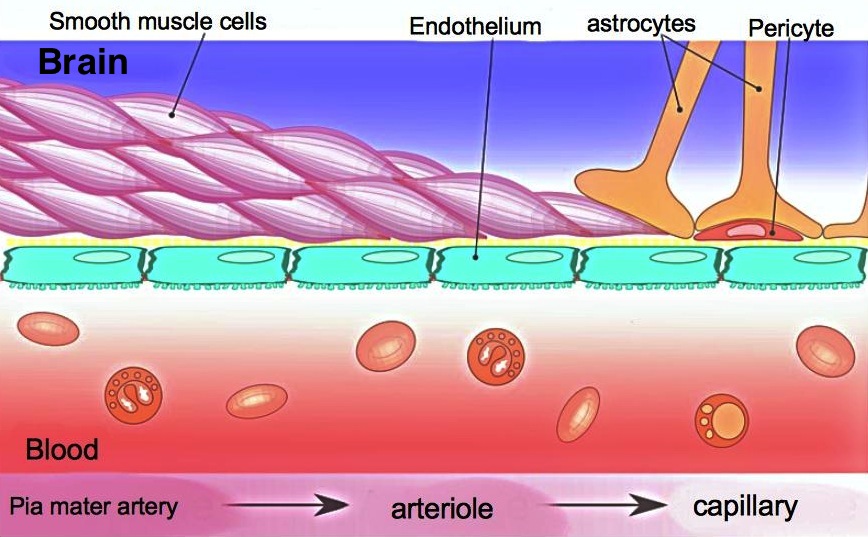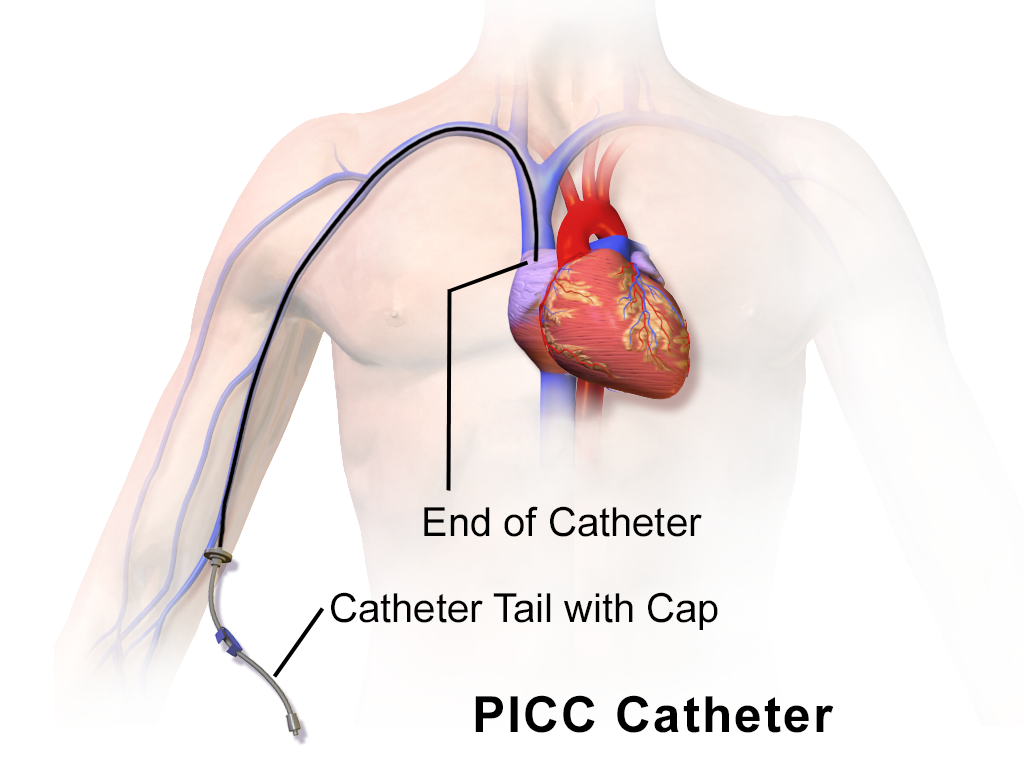- Christmas Day, 2013: Grandma Fong passes away.
- February 19, 2014: Mary takes Mom to ER. Doctors find brain tumor. Hopeful diagnosis is benign meningioma.
- February 22: Mom has brain surgery to remove tumor.
- February 25: Doctors analyze tumor tissue and find not benign meningioma. Rather, tumor is malignant, Primary Central-Nervous-System Lymphoma (PCNSL).
- Mom stays in hospital to recover from brain surgery. She has much physical therapy, etc.
- March 8: Mom discharged from hospital.
- March 17: Mom's first chemotherapy scheduled.
I was going to describe Mom's first chemo session in one post. However, there are too many important details, so this will be a two-parter. In this first post, I'll explain everything we expected to happen ("Six strangers arrive at a dinner party…"), and I'll give you the outcome ("Mr. Boddy was found dead in the library!"). In the second post, I'll explain what happened in between. Can you figure it out before then?
Previously on "Fighting Cancer"….
Last post, I said my mom's medications may have led to her cancer. I found a specific reference in one of the doctor reports: "Patient by history apparently had received Cytoxan in the past for her Wegener's granulomatosis."
Cytoxan is a trade name for cyclophosphamide. More info on cyclophosphamide is here. If you search that article, you'll find it mentions both Wegener's and lymphoma.
Expectations.
Now that we knew Mom had PCNSL, Mom needed chemotherapy. That's because surgery is unlikely to completely remove PCNSL: microtumors may have formed in other parts of the brain or other parts of the body. If the doctors had known my mom has PCNSL, they would have skipped brain surgery and gone straight to chemo.
The main problem with brain tumors is the Blood-Brain Barrier (BBB).
What's the BBB? Well, your brain needs oxygen and other stuff, just like the rest of your cells. So there are blood vessels (capillaries) running throughout your brain to reach all the cells and give them nutrients, remove waste, etc. However, each of these capillaries is naturally lined with the BBB. The BBB is supposed to allow the proper things through (e.g., water, glucouse, oxygen) while blocking improper things. In particular, bacteria and viruses are blocked, so the brain doesn't get infected.
Here's a schematic of the BBB, from Wikipedia:
The BBB is basically the blue cells in the middle.
The BBB prevents bacterial infection, but what happens when bad things are already in the brain (e.g., tumors)? Most chemotherapy drugs can't pass the BBB. The solution is crude: more chemo. By giving much more chemo than normal, we hope enough chemo will get into the brain to kill the tumor cells.
Mom's chemo would have four main components: sodium bicarbonate, methotrexate, Rituxan and leucovorin. Methotrexate is a potent chemotherapy drug from the 1950s; it kills rapidly dividing cells, including cancer cells but also bone marrow and skin. Sodium bicarbonate (baking soda) is used to make one's blood more basic or alkaline, because methotrexate is more soluble that way. Leucovorin is basically the antidote to methotrexate; once leucovorin is used, methotrexate is neutralized. Rituxan is a fancier drug from the 1990s. As a simple comparison, a Rituxan molecule is about 300 times as big as a methotrexate molecule. Rituxan is generally safer than methotrexate, but Rituxan can have problems at the start of an infusion.
The plan was to inject sodium bicarbonate into Mom until her urine was pH > 7.9. Then, they'd inject methotrexate at a high dose over 4 hours. They'd wait 24 hours, then give the leucovorin. Finally, they'd inject Rituxan.
To facilitate all the injections and blood draws, they wanted to install a PICC line (pronounced "pick"). PICC = Peripherally Inserted Central Catheter. A PICC line is a tube that goes from a vein in your arm all the way to your heart:
The PICC is basically a long-term IV. Once a PICC has been installed, a nurse can draw blood or inject drugs without having to poke the patient anymore. Precautions must be taken to make sure the PICC stays in place and does not get infected.
On top of all this, I wanted Mom to fast for 72 hours.
Fasting is used by many people for many reasons. Mine was specific: in February 2012, I ran across a scientific article entitled, "Fasting Cycles Retard Growth of Tumors and Sensitize a Range of Cancer Cell Types to Chemotherapy." I would almost summarize the paper as showing, "Fasting Cures Cancer!" (I'm not saying that, at least legally.) The paper had two graphs I found particularly compelling:


Both graphs describe mice with a cancer called neuroblastoma. In the first graph, some mice were given the chemotherapy drug doxorubicin (DXR), and some also fasted. In the second graph, some mice were given a "chemo-cocktail" of DXR and the drug cisplatin, and some also fasted.
How do you read these graphs? Let's take the second one (also below). Focus on the "Control" part, which is the black line marked with circles. These are mice with cancer and no chemotherapy, no fasting. There's a circle at 0 Days/100% Survival, then circles at 22 Days/65% Survival, 23 Days/50% Survival and 26 Days/0% Survival. That means all the mice were alive at Day 0, then some died on Day 22 (65% left), more died on Day 23 (50% left), and the rest died on Day 26 (0% left). All mice lived less than 26 days.

Now focus on the "Chemo-cocktail" part, the blue line marked with triangles. Mice died on Days 10, 11, 40, 60 and 70. In particular, you can see that some mice died early (Days 10 and 11), but the rest lived longer than the controls (40–70 days). The chemo hurt some mice but helped others. All mice lived less than 70 days.

Finally, look at the red line (upside-down triangles). That's mice that were given chemo and which also fasted. The first mouse doesn't die until Day 30, which is better than every single mouse in the control. Just as important, ~25% of the mice lived past Day 75, which is better than every single mouse who received chemo only. In fact, those 25% were still alive past Day 300, at which point they presumably stopped the experiment because those mice might live for years.

Now, imagine those mice were like people and given a choice. They're already going to get chemo, which is a big step. Should they choose also to fast? ("Isn't chemo a big enough change already?" "Fasting for 72 hours sounds dangerous, especially when getting chemo.") That choice could be the difference between two very different futures: in one, you're at someone's grave because they lived a bit longer but still died from cancer; in the other, that person became cancer free and is still with you. Compare the blue line to the red line.
By the way, here's a video by the article's author, Dr. Valter Longo, summarizing their results:
When they found Mom's cancer, I thought about those graphs and the consequences of not speaking up. I pushed for Mom to fast, for 72 hours. (In the article, the mice had only water, for 48 hours before chemo and 24 hours after.)
Mom agreed. Our main oncologist, Dr. Quadro, didn't veto it.
The final kicker is that I didn't plan to be around while all this was happening.
Ever have an annual tradition? Maybe a trip to Hawaii, or Thanksgiving at Grandma's. What about a tradition that can truly happen only once a year? Maybe Black Friday Shopping. Or a Monarch butterfly migration. For me, that's the Game Developers Conference (GDC).
I attended my first GDC in 1998, when just a junior at Cal. I've been back almost every year since, and many friends I see only at that conference. Part of me still really wanted to go this year, and I had already committed to volunteering there for the entire week.
Thankfully, Mary said she would help Mom during this time. Mary would even stay in the hospital overnight with Mom. And my uncle Ron and auntie Muriel would also come to town to help out.
So, these were our expectations and timeline:
- Mom starts water-only fast, 48 hours before chemo.
- Geoff goes to Game Developers Conference (GDC) for 1 week.
- March 17: Mom starts first chemotherapy.
- Mary stays with Mom in hospital.
- Muriel and Ron come to town.
- Hospital staff puts PICC line into Mom.
- Nurses inject/infuse sodium bicarbonate continuously until Mom's urine is pH > 7.9.
- Nurses infuse methotrexate at a high dose (3 g/m^2, or 4.8 g in Mom's case) over 4 hours.
- Nurses wait 24 hours, then infuse leucovorin.
- Nurses infuse Rituxan.
- Mom keeps fasting until 24 hours after chemo.
- Everyone waits a couple days until chemo out of Mom's body.
- March ~20: Mom goes home.
- March 22: Geoff returns from GDC.
Reality
Here's how things ended up:
- Mom starts organic-chicken-ginger-broth fast, 48 hours before chemo.
- Geoff goes to Game Developers Conference (GDC) for 1 week.
- March 17: Mom starts first chemotherapy.
- ???
- March 28: Mom discharged from hospital.
- Diffuse B-cell lymphoma with central nervous system involvement status post chemotherapy.
- Acute renal insufficiency secondary to methotrexate toxicity.
- Wegener's granulomatosis followed by Dr. Barger.
- Hypertension, started on metoprolol.
- Hyperglycemia likely secondary to steroid.
- Hypocalcemia.
Can you figure out what happened during Mom's first chemotherapy?
(Possible hint: at some point, Mom was scheduled to also receive rasburicase and glucarpidase.)
More importantly, can you guess *why* things happened? And what should change for the next chemotherapy? What would you do if you or your loved one was about to get chemo?
Stay tuned for Part 4: "Mystery Solved?!"





